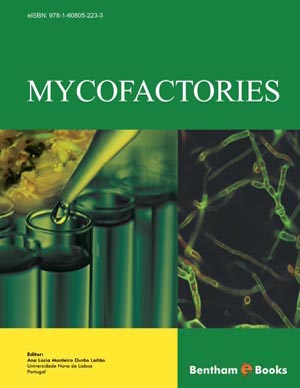Abstract
The genus Pleurotus comprises ca. 30 species and subspecific taxa of edible mushrooms with a world-wide distribution. Most of them are cultivated on a large range of agricultural and forestry residues and by-products providing a relatively cheap food of high dietetic value through rather simple solid-state fermentation processes. In addition, Pleurotus biomass demonstrates significant medicinal effects and its bioactive compounds (mainly polysaccharides) possess antibiotic, antitumor, hypocholesterolemic and immunomodulation properties. One of the most important aspects related with the exploitation of Pleurotus fungi is that they are powerful lignin decomposers and hence they are used as potent biodegraders of numerous organic pollutants, xenobiotics and industrial wastes. However, all such biotechnological applications are tightly linked with the isolation, identification, evaluation and improvement of the respective genetic resources. Assessments of Pleurotus diversity in Europe in conjunction with biochemical, molecular and compatibility studies revealed the existence of eight species, i.e. P. calyptratus, P. cornucopiae, P. dryinus, P. eryngii, P. fuscosquamulosus, P. nebrodensis, P. ostreatus and P. pulmonarius, which are described in detail (anatomy, ecology and distribution). Furthermore, P. abieticola and P. opuntiae are two additional species reported to occur in Europe, albeit infrequent to very rare; the former was isolated from east Russia whereas the latter in Mediterranean Europe. A synthesis of available information on Pleurotus systematics is also presented and discussed.
Keywords: Agaricales, Apiaceae, Basidiomycota, Biodegradation, Cultivation, Decomposers, Distribution, Europe, Evolution, Fungal biotechnology, Genetic resources, Habitat, Medicinal mushrooms, Molecular analysis, Organoleptic properties, Phylogeny, Pleurotaceae, Pleurotus, Systematics, White-rot fungi.






